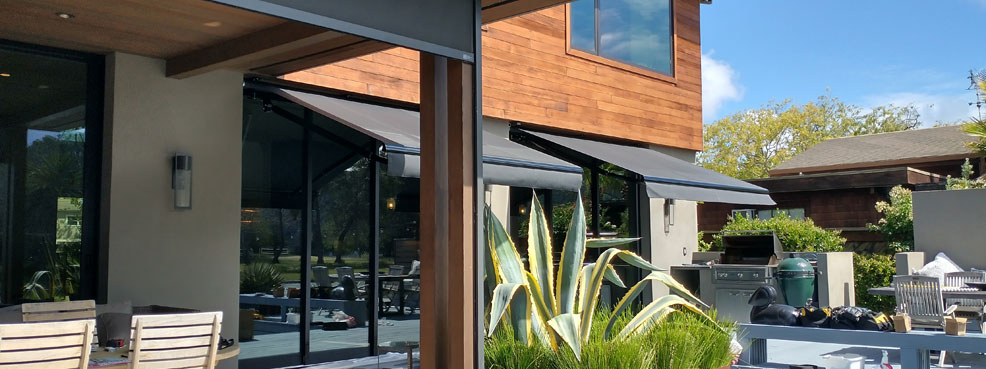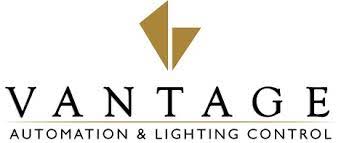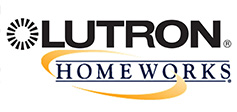
How do motorized awnings contribute to energy efficiency
Motorized awnings significantly contribute to energy efficiency in homes and businesses through several key mechanisms:
Temperature Regulation
Motorized awnings can reduce indoor temperatures by up to 15 degrees Fahrenheit by blocking direct sunlight. This cooling effect leads to a substantial decrease in air conditioning usage, with studies showing that awnings can reduce cooling costs by up to 25%. The U.S. Department of Energy reports that awnings can cut air conditioning demand by 50% to 75% on south-facing windows, resulting in significant energy savings.
Solar Heat Gain Reduction
By providing shade, motorized awnings effectively reduce solar heat gain. This decrease in heat entering through windows can lower the need for cooling by up to 25%. The American Society of Heating, Refrigerating, and Air-Conditioning Engineers (ASHRAE) research indicates that awnings can reduce heat gain by 55-66%, further decreasing reliance on air conditioning systems.
Insulation Enhancement
Motorized awnings create an air gap between the fabric and the window or exterior of the home, providing an additional layer of insulation. This helps regulate indoor temperatures year-round, reducing heat transfer in summer and preventing heat loss in winter.
Smart Home Integration
Motorized awnings can be integrated into smart home systems, allowing for automated control based on temperature, sun position, and weather conditions. This automation ensures optimal shading and energy conservation throughout the day without manual intervention.
Year-Round Benefits
While particularly effective in summer, motorized awnings offer energy-saving benefits throughout the year. In colder months, they can be adjusted to allow sunlight in, naturally heating spaces and reducing dependence on heating systems.
Motorized awnings not only help reduce energy consumption and lower utility bills but also contribute to environmental sustainability by decreasing greenhouse gas emissions associated with excessive HVAC usage.








